The Sacco Armchair, the most revolutionary seat ever
All lovers of Italian-style comedy are familiar with the scene: poor accountant Giandomenico Fracchia, clumsy and submissive, an unforgettable performance by Paolo Villaggio, enters his director’s office for an interview (in the original sketch to ask for a pay raise, in the 1981 film to suffer a reprimand), and is invited to “sit down” in a Poltrona Sacco. The scene is all about Fracchia’s difficulty in finding a balance point to sit on: he rolls on the floor, fights with the armchair, punches it, and assumes contorted and improbable positions. And he is certainly not comfortable.
The legendary Poltrona Sacco and accountant Fracchia, interestingly, have the same date of birth: 1968. And the sketch, presented the following year on the variety show It’s Sunday but No Commitment, helped give this incredible design object further fame, making it, it has to be said... a lot of publicity. The armchair was designed by three then very young Italian designers, Piero Gatti (Turin, 1940 - Grosseto, 2017), Cesare Paolini (Genoa, 1937 - 1983) and Franco Teodoro (Turin, 1939 - 2005), who had founded an architectural firm in Turin in 1965. Their idea was to create an armchair (or rather: a seat, as Piero Gatti remarked: “The Sacco seat, not the Sacco armchair: the seat. It has nothing to do with armchairs,” he said in an interview) that would adapt to the person’s body, offering a singular and adaptable seating experience, since on the Poltrona Sacco you can sit but you can also lie down without difficulty, or certainly without engaging in the struggles of accountant Fracchia. And one can lie on one’s stomach up or on one’s stomach down, and always the chair will adapt to the type of seating chosen, to the posture of its user, to the body of the user. Putting the idea of Gatti, Paolini and Teodoro into production was the Zanotta company, which still produces it today, although over the years many other companies have begun to produce imitations of the original all over the world, either in versions that are faithful to the Sacco Armchair or in versions that have variations from the original design.
Precisely because of its unique features, as Chiara Alessi explained, Sacco was also a revolutionary armchair: “An armchair that allowed for awkward poses, which at the time were considered inappropriate and unseemly in bourgeois living rooms. At the same time, soft and ergonomic, light and for this reason easily transportable from one room to another, it is among the first nomadic pieces of furniture, capable of breaking the rigidity of homes.” An armchair so innovative and different from all that had preceded it, it is now considered a symbol of Radical Design. The advertising poster that advertised it in 1969 even said, “This is not an armchair. If you like it, you may as well call it that; on our behalf we do not believe in definitions. All we can say is that it is a docile and serviceable object, you can sit in it, or lie in it, or curl up in the fetal position or even as you like.” It was then also presented as an ideal object to place objects on it as if it were a small table, as a piece of furniture to be placed lying down to resemble the shape of a rug, even as a game for children, an object in short to be “domesticated.”
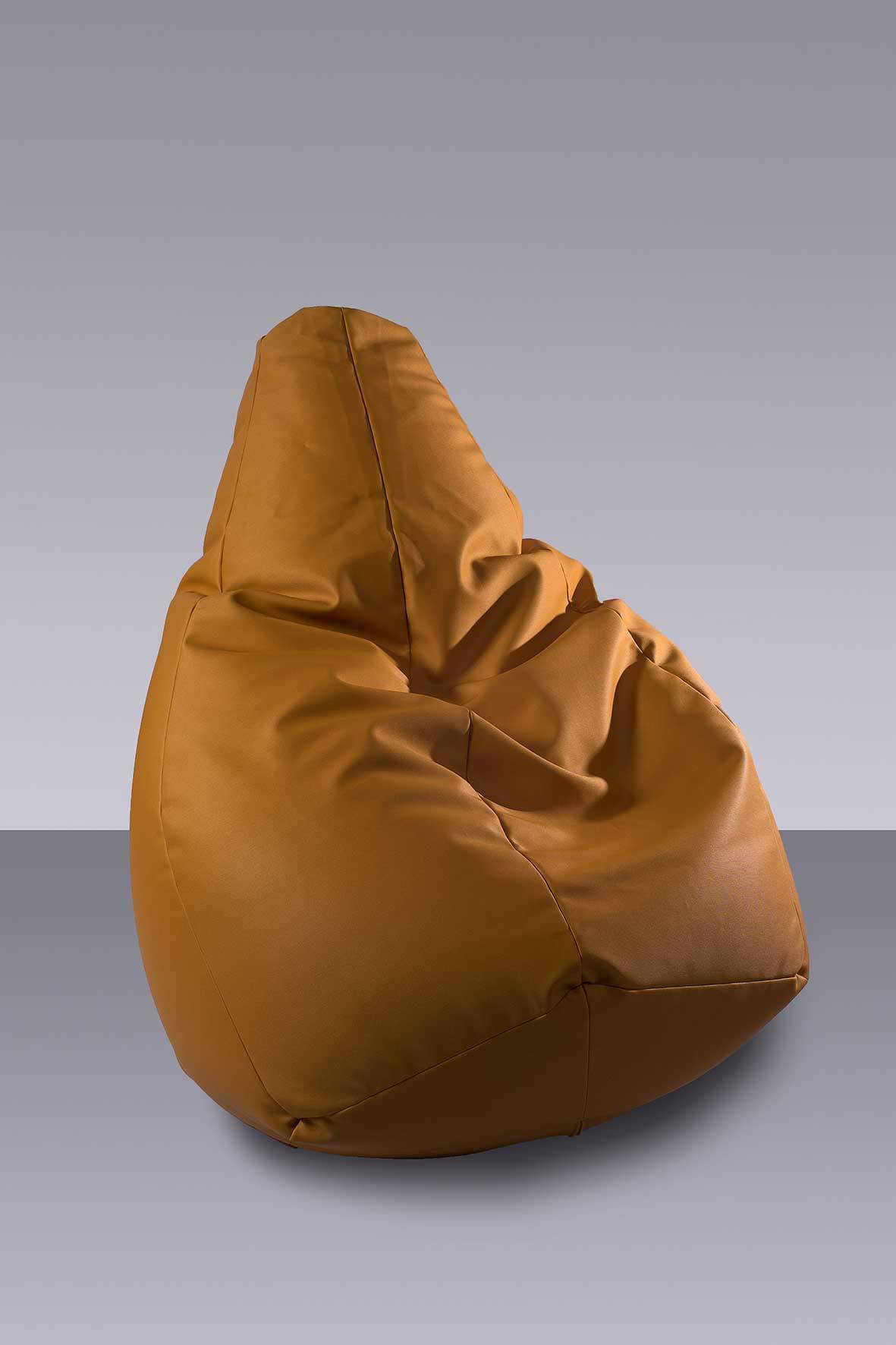
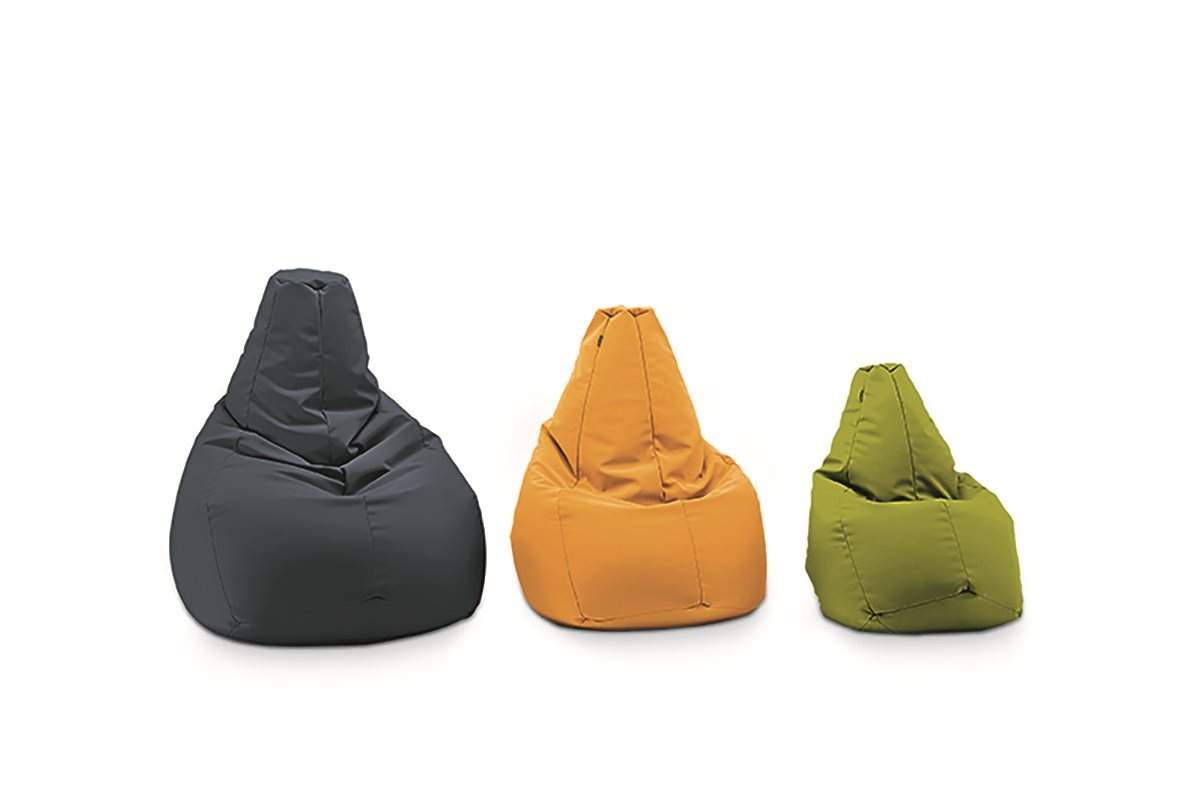

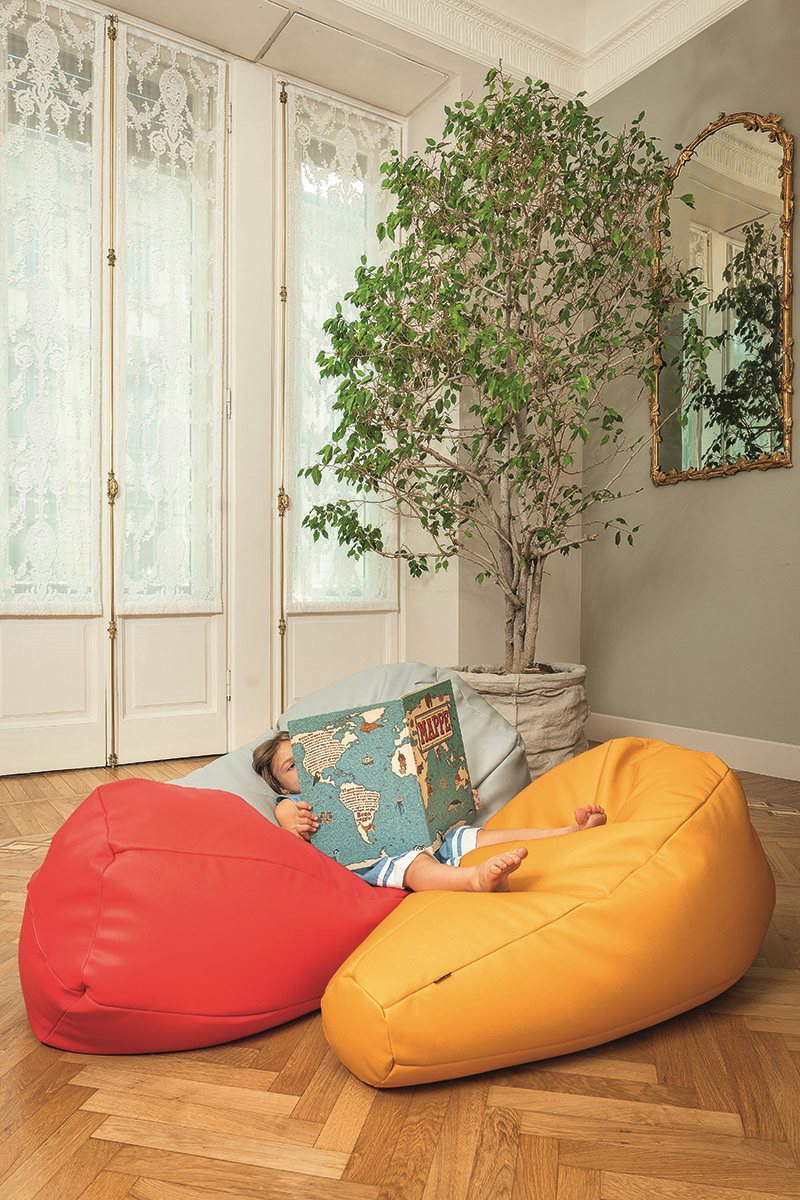
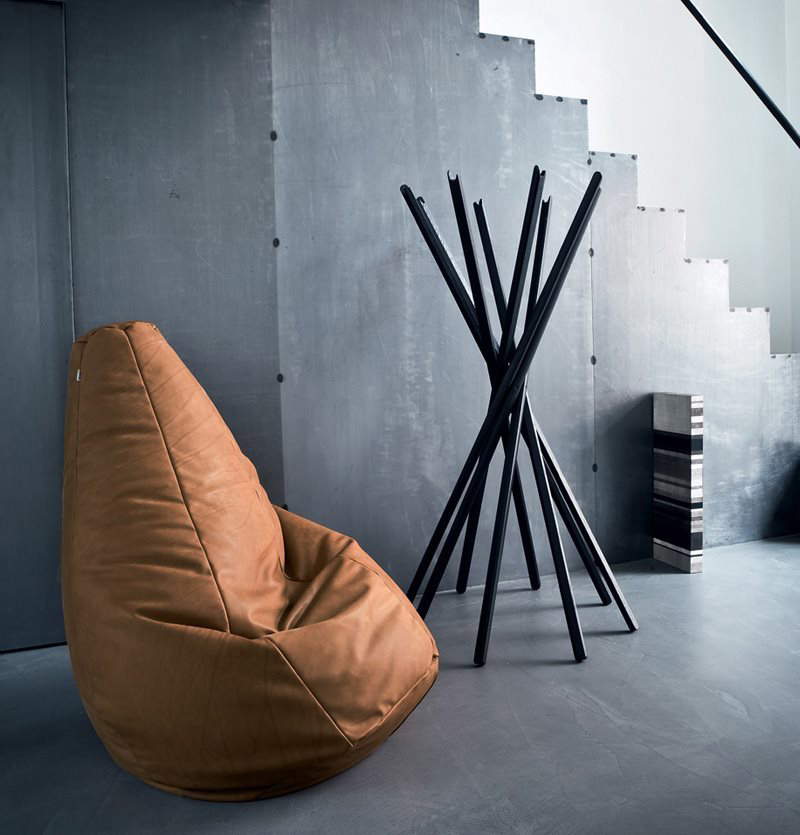
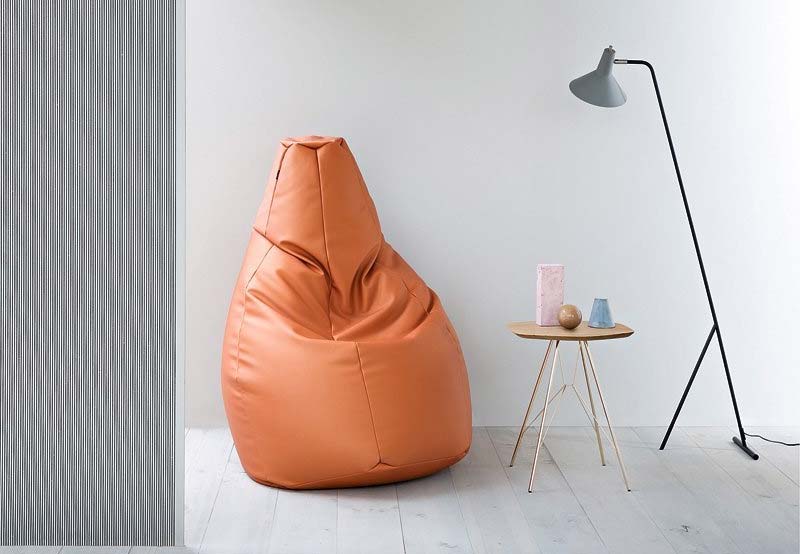

The Sacco Armchair is made of a durable fabric, such as faux leather or canvas, and is filled with small polystyrene foam balls, which are also highly resistant. In fact, Sacco, Piero Gatti explained, “It was born precisely out of a long debate about whether to build an object that would not have a repetitive connotation or be formally similar to a seat, armchair or other such things. We debated for a long time about the problem, especially about the filling which was a disturbing aspect, in the sense that you wanted a material that would allow the content to behave like a fluid, but that was not a fluid like water or other materials (at that time water seats or inflatable seats were in fashion, but when faced with the reality of use they were hard: on water you couldn’t stand upright, the air ones were as hard as wood). And so this problem came up of putting little spheres that acted between them and served to receive the body and then stop in the position where one decided they should stop.” Its contoured beanbag shape fits the body of the person who sits in it perfectly, and helps make it a very versatile armchair as well: it can be used as a chair for relaxing, as a seat for watching TV, or as a chair for reading a book. In addition, the armchair is very light and easy to move, making it ideal for people who want to change its position in the home or office. Another advantage of the Sacco Armchair is, as mentioned, its ability to adapt to the user’s body. Thanks to the small polystyrene foam balls inside the chair, the user feels enveloped by the chair, which adapts perfectly to the shape of his or her body. This provides a very comfortable sitting experience and can also help reduce stress and muscle tension. It is also designed to be very easy to maintain as well. The outer fabric can be easily removed and washed in the washing machine, while the styrofoam balls inside can be replaced if necessary, thanks to a zipper that allows for easy removal.
The story of the Sacco Armchair began when Gatti, Paolini and Teodoro decided to create an armchair that was different from all other chairs and armchairs on the market and offered an out-of-the-ordinary seating experience. They initially submitted the project to a chemical company, which, however, rejected it: it was then proposed to Aurelio Zanotta, the owner of the sofa and armchair company that bears his name, who instead was immediately enthusiastic and believed in the project, and he was right, since the Poltrona Sacco was immediately a great success. The three young designers were inspired very simply by the burlap sacks used for packaging, by farmers: the shape of the armchair, which gives it its name, while not structured, is precisely reminiscent of that of a sack. And the prototype was indeed a vinyl sack filled three-quarters full with polystyrene balls.
Immediately awarded a prize at the 1968 Monza International Furniture Exhibition, as part of which the Sacco Armchair was presented, it achieved international success in the 1970s, reaching the point of being shown in major design exhibitions, such as the exhibition Italy: The New Domestic Landscape held at the Museum of Modern Art in New York in 1972. Everyone realized theextreme novelty that Gatti, Paolini and Teodoro had introduced by launching their highly original creation. The Sacco Armchair, as architect and designer Andrea Lupacchini explained, was actually the first example of a hitherto unexplored concept, that of deconstruction. “An armchair for all intents and purposes,” Lupacchini wrote, “which, however, had neither the shape nor the appearance of an armchair and which, above all, did not have a rigid, fixed structure. For the first time it was not the furniture that dictated to man, but rather the opposite: the human body was no longer forced to channel itself into an already decided and rigid position, but it was the armchair that had to adapt to the unfolding of the body, to its comfort, to its relaxation.” For this reason, “it immediately became an object of desire for all lovers of modern furniture, for elite figures, for designer homes. Lightweight, easily transportable, placeable in any corner of the house, with the possibility of being colorful and sparkling, just as was in demand in those years, the Sacco armchair was a symbol of design, but also of revolution, of practicality, of modernity, and of breaking the mold.” And in 1968, in the year of protest and social struggles, Sacco enshrined the “overcoming of a rigid position imposed by social conventions,” as stated by thecompany that produced it, which called it “the most informal, most versatile, most irreverent, freest, softest, most ergonomic and ’most’ upholstered seat ever.” It was then shortlisted for the Compasso d’Oro in 1970, although it failed to win the award.However, the Poltrona Sacco managed to make up for it exactly fifty years later, in 2020, when Gatti, Paolini, and Teodoro’s creation won the Compasso d’Oro for Lifetime Achievement. With this motivation: “Typological innovation in the upholstery sector, it represents over time freedom from conventional styles of use.”
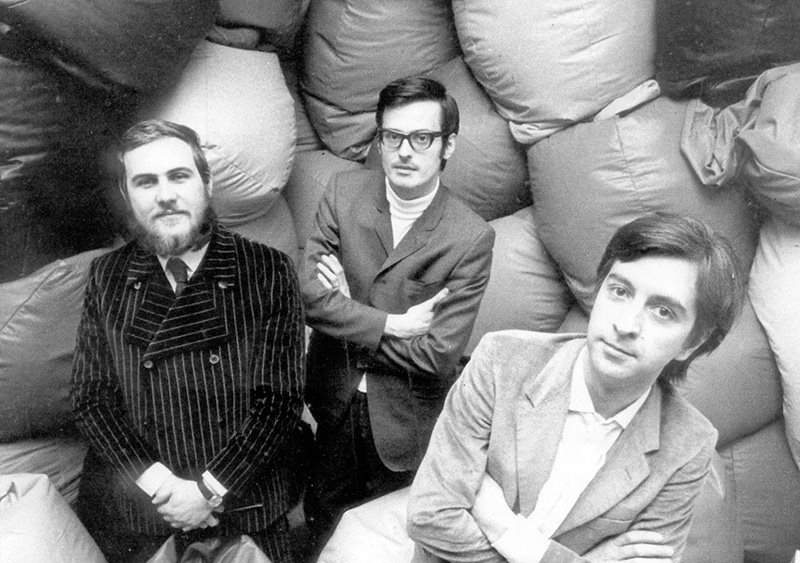
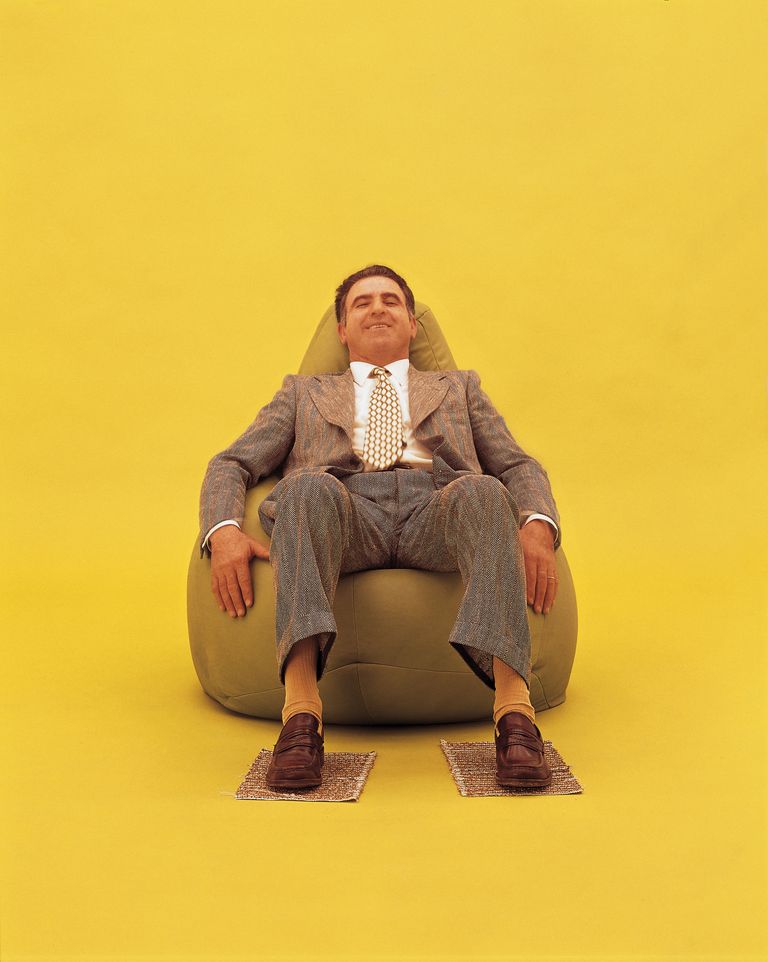
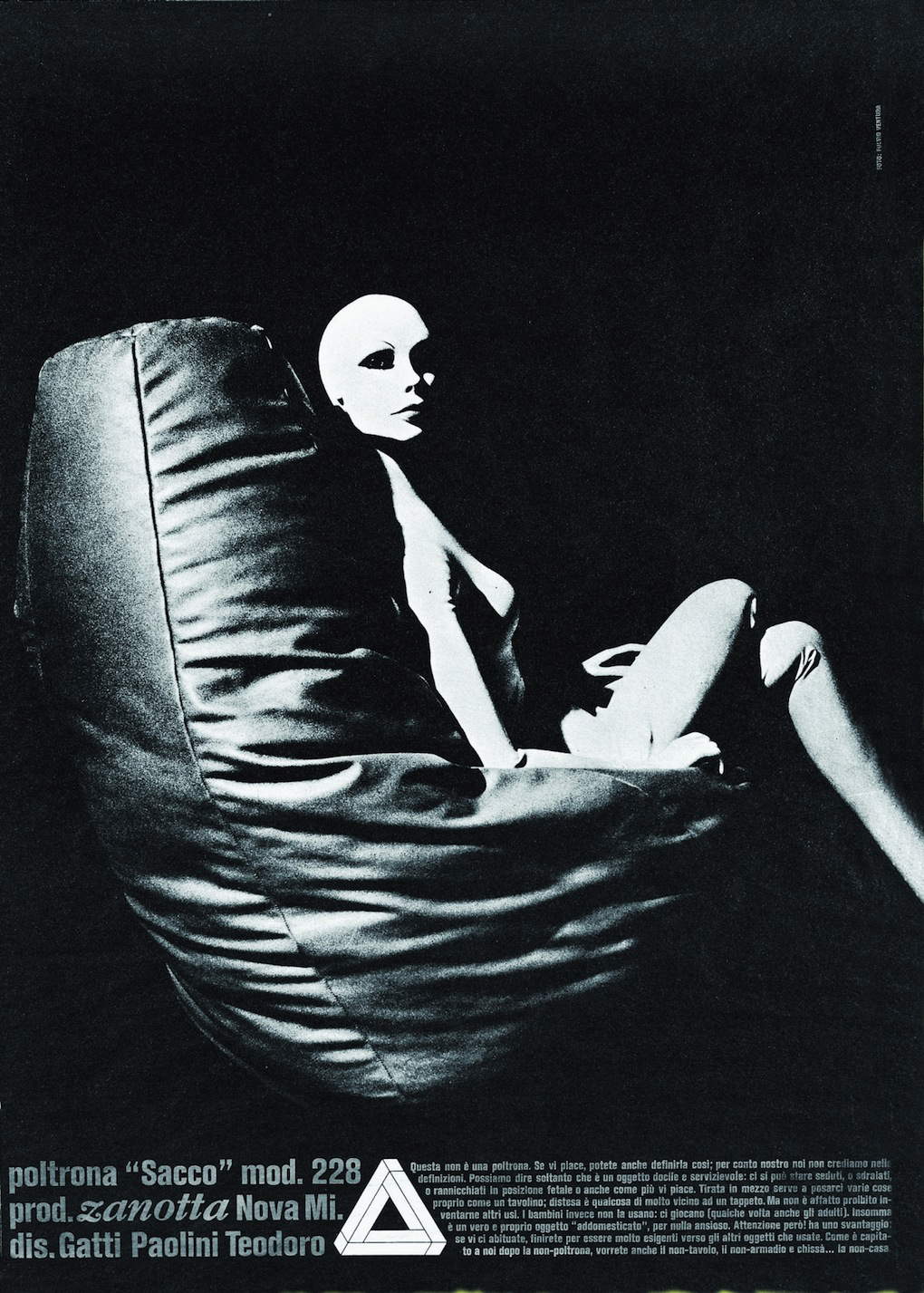
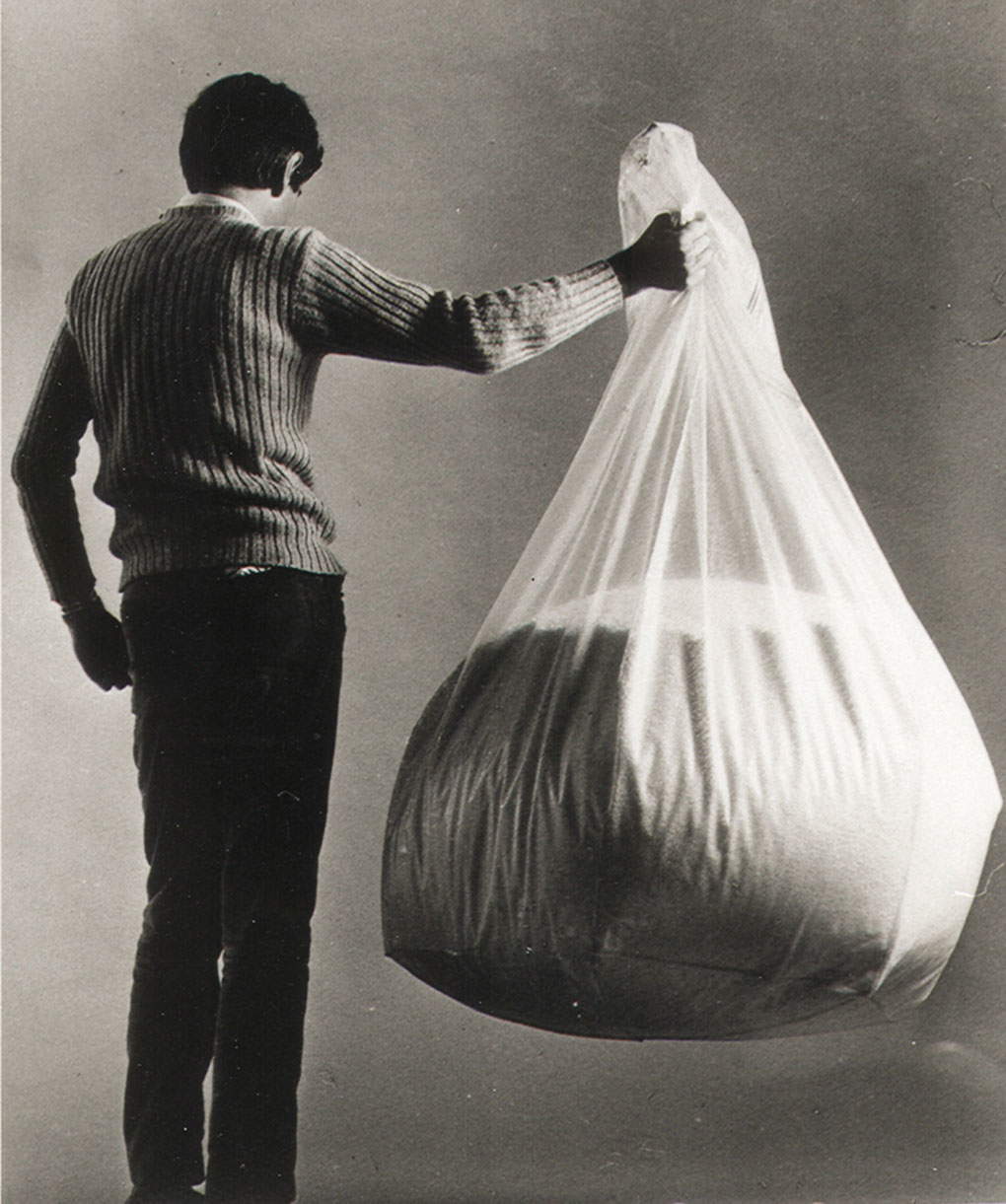

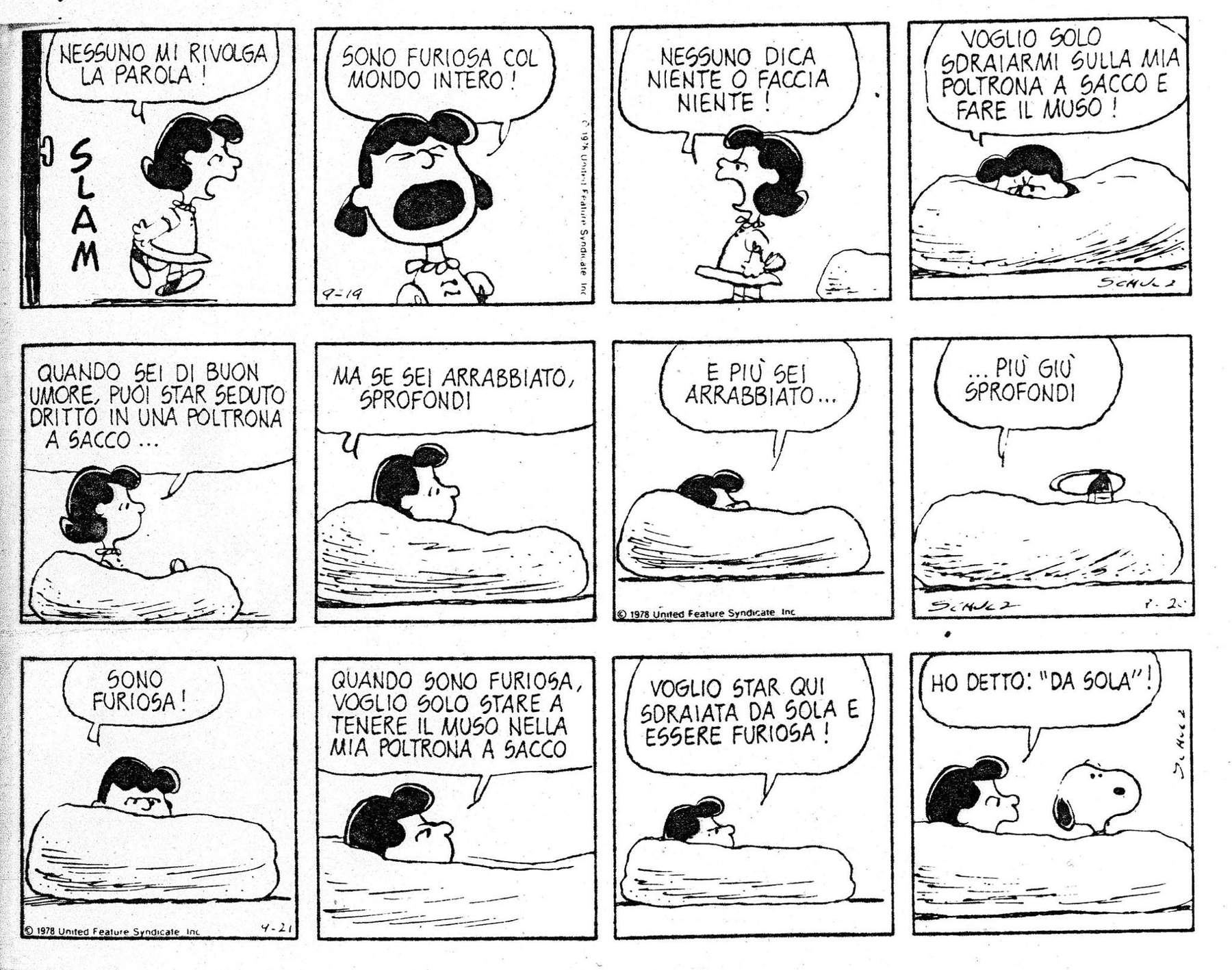 The Sacco armchair
The Sacco armchairToday, the Poltrona Sacco remains an icon of Italian design and one of the most recognizable armchairs in the world. It can be found in many homes, offices and public spaces and continues to be mentioned in films, television programs and artwork. It even ended up in Peanuts strips, since the Beanbag Chair, as they call it in the U.S., gained wide popularity overseas as well: in Charles M. Schultz’s comic strips, the Beanbag Chair becomes the refuge of Lucy van Pelt, Linus’s grumpy sister, who lies down in it when she wants to reflect, invariably chasing away all those who try to sit with her. And Charlie Brown also owns one, who uses it along with Snoopy and his little sister Sally. Needless to mention then that the Sacco Armchair is now exhibited in numerous museums dedicated to design, from MoMA in New York to the Triennale Design Museum in Milan, from the Design Museum in Gent to the Musée des Arts Decoratifs in Paris, from the Museum für Angewandte Kunst in Vienna to the Philadelphia Art Museum.
The Sacco Armchair can be purchased in numerous furniture stores, both physical and online, around the world. The armchair is available in several versions, with variations in fabric and color. Zanotta, which produced the original version of the Poltrona Sacco, continues to sell it on its website and through its official dealers worldwide. In addition, the Sacco Armchair can be purchased on popular furniture websites and e-commerce portals. Of course, those who want the original must take into account that there are numerous imitations on the market and that typically Zanotta’s Sacco has a much higher price than products that imitate it. However, in one’s home will enter an immutable design product. The durability of which surprised even Piero Gatti: “I didn’t think it would last 40 years. There is probably a component of freedom in the use of the object and a different way of understanding it that has stuck. Or at least young people are interested in it.”
Warning: the translation into English of the original Italian article was created using automatic tools. We undertake to review all articles, but we do not guarantee the total absence of inaccuracies in the translation due to the program. You can find the original by clicking on the ITA button. If you find any mistake,please contact us.



























